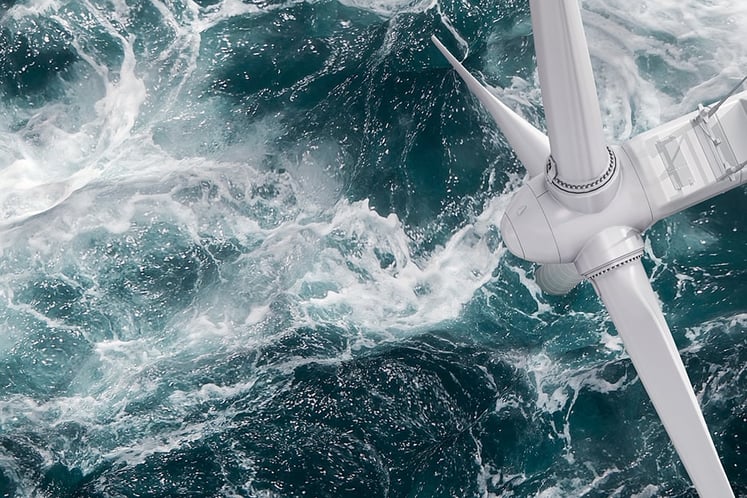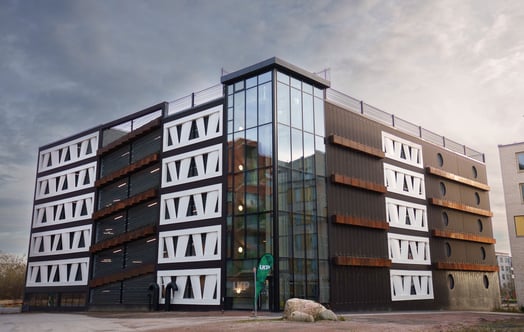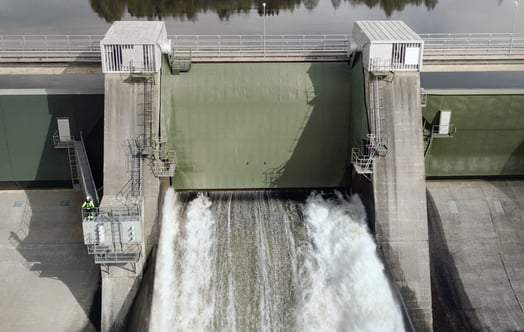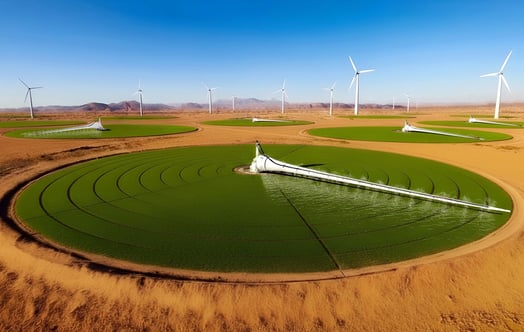We depend on fertilisers. Without them, half of us would probably starve. On the other hand, fertiliser production contributes to climate change. Luckily, fossil-free electricity and hydrogen could solve the problem.

Agriculture is one of the sectors that contributes most to greenhouse gas emissions. Around 12 per cent are estimated to originate from the production of what we eat.
One contributing factor is the production and use of fertilisers. A century ago, two German chemists, Fritz Haber and Carl Bosch, developed a new and inexpensive way to use nitrogen (N2) from the air to produce ammonia (NH3), which is the base ingredient of fertilisers. This boosted the use which in turn made it possible to feed the growing world population.
Today, world agriculture is entirely dependent on the discovery. Without fertilisers, crop yields would be significantly lower and would only be enough for half of today’s world population.
One problem however is that ammonia production causes large carbon dioxide emissions. These come from the fossil methane normally used in the process, as the hydrogen atoms that are used while the rest of the methane, the carbon dioxide, is released into the air. Today, each tonne of this so-called grey ammonia gives around two tonnes of carbon dioxide. In total, ammonia production worldwide is estimated to emit 450 million tonnes of CO2, of which fertilisers account for 70 per cent.
But there is a solution. Instead of using methane, hydrogen can be produced from pure water. This is made with electrolysis using electricity from sources such as solar and wind power. This way the ammonia becomes ‘green’ and fertilisers free from carbon emissions.
An analysis by McKinsey shows that such a transition would be relatively straightforward, mainly because the ammonia is exactly the same product, except that the hydrogen is fossil-free. In addition, there are relatively few fertiliser producers in the world, making a transformation less complicated than getting millions of farmers around the world to change their behaviour. And last but not least, the climate impact is relatively large compared to the extra cost.
The transition has started
In many places, the transition has already started, with new green hydrogen and green ammonia projects starting up around the world.
One example is Yara International's green ammonia plant in Herøya, Norway. The plant, which opened in June this year, is currently the largest of its kind in Europe, with production contributing to reduced emissions of 41,000 tonnes of carbon dioxide per year. Yara has also signed one of the world's first commercial agreements on fossil-free fertilisers together with Swedish Lantmännen.
Another exciting example is in Kenya. There, Kenya Nut Company has started a small fossil-free plant for fertiliser production on its premises. The plant is built by an American start-up, Talus Renewables, with solar panels that generate electricity to produce hydrogen and then ammonia. One tonne of ammonia is produced every day and spread on the crops.
“The average bag of fertiliser in sub-Saharan Africa travels 10,000 kilometres,” Talus founder Hiro Iwanaga told Bloomberg. “With a small green ammonia plant, like the one in Kenya, you can locally produce a critical raw material, carbon free.”
Agriculture faces major challenges in solving climate emissions, and ammonia production is just one of them. But overall, a shift in ammonia production would have a major impact. Especially as ammonia also has great potential as a CO2-free fuel.
Thei is demonstrated in Minnesota, where the state university runs a research farm that uses wind power to produce ammonia. It is then used for fertiliser, but also as fuel for tractors, to store energy for days without wind, and for heating to dry grain. In this way, the carbon footprint can be reduced by as much as 90 per cent.
“That's transformative. For deep decarbonisation of agriculture, you switch to green ammonia,” says Michael Reese, director of the University of Minnesota project .

Subscribe to the newsletter THE EDIT
THE EDIT is Vattenfall's new monthly newsletter. Each issue highlights a new burning issue from the world of sustainable energy and fossil freedom.



